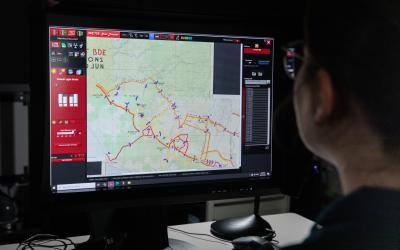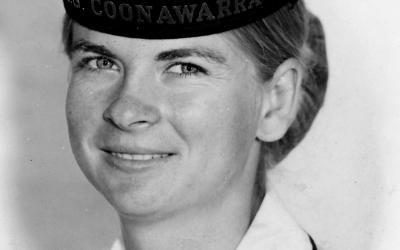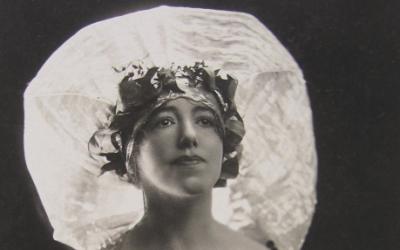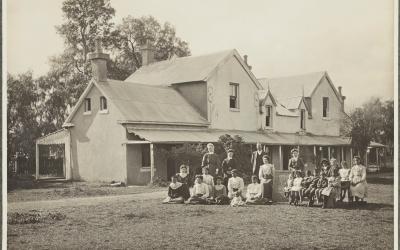Memorial Articles
The Memorial boasts a staff of subject specialists in all aspects of military history and museum practice.
Our articles and our Encyclopedia allow subject specialists to share their knowledge on Australian military history.
They also provide a way for us to take a closer look at the people and the stories behind the history and our museum collection.

METIS and Monash – An Inside Look into the Memorial’s Map Digitisation Project
The Memorial is currently digitising over 300 First World War maps. One might think digitisation is a simple process but in practice many considerations need to be taken into account.

Retired WRAN remembers Cyclone Tracy, 50 years on
Fifty years ago, on Christmas Day 1974, Judith Rowe stood in shock, staring at the collapsed building where she had sought shelter. The roof was gone, the structure reduced to rubble. Cyclone Tracy had unleashed its catastrophic force on Darwin, leaving the city in ruins.

'The impact of it is just starting to kick in now'
Donna Dixon never met her uncle, Ken, or great-grand uncle, Peter. But both men hold a special place in her heart.

Dancing cheese and Kookaburras: rare costume designs offer a unique insight into the First World War
The Memorial has the largest collection of wartime artworks, in the world, by Hilda Rix Nicholas, due to a recent acquisition of 39 costume designs.

Looking at both sides: the artwork of Mike Parr
Preparing a unique artwork for display in the Art in Conflict touring exhibition involved some fresh thinking.

The Appointment of Official War Artist Frank Norton
Frank Norton was the first official artist commissioned to document Australia’s naval activities during wartime.

Rare postcards shine a new light on Indigenous soldiers service
Jeannie Lister came across three silk embroidered postcards that caught her eye. With her love of embroidery and an interest in family history, she immediately recognised them as First World War souvenirs sent home by soldiers on the front lines.

Indigenous Soldiers of the First World War and the Stolen Generation
In 1914 the Australian government placed a call for volunteers to fight a predominantly European war in the interests of the British Empire. Indigenous Australians answered that call in numbers. In doing so, they faced challenges other Australian volunteers did not.

The unit that became a community: 1 Australian Logistic Support Group during the Vietnam War
The Australian Army set up 1 Australian Logistics Support Group at Vung Tau to provide support for the inland combat-area base at Nui Dat in Vietnam.